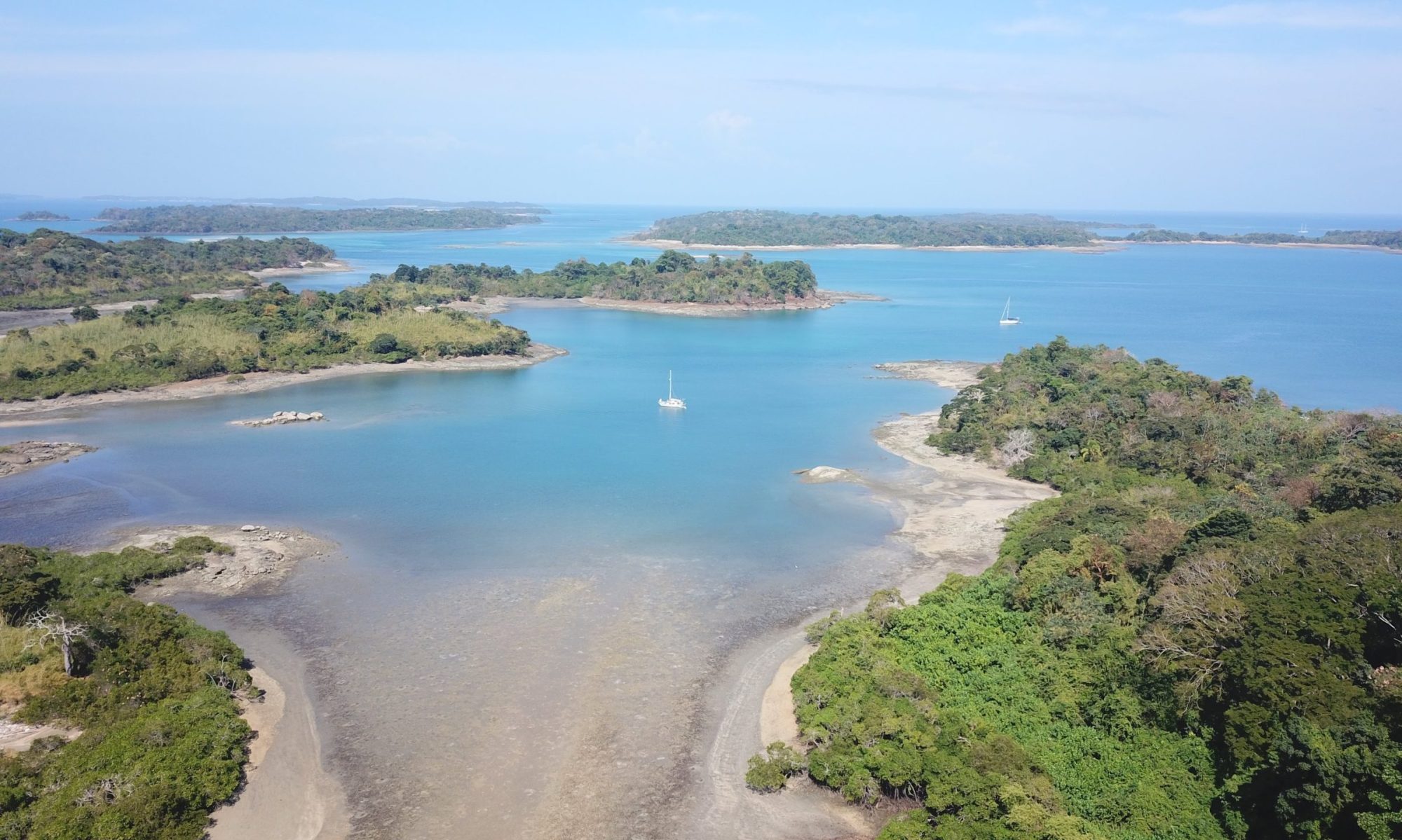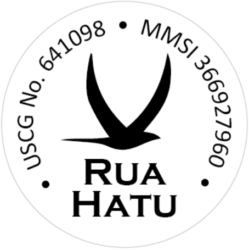Last fall, after lingering in Maine well into October, we hurried south ahead of the looming winter storms that would soon blast the far Northeast with ice and snow. Florida wasn’t exactly our cup of tea, what with brewing animosity towards cruisers there, so the Chesapeake seemed like a reasonable compromise of milder temperatures, friendly folks and plentiful anchorages to explore during the off-season. We were excited to catch up with several Virginia-based sailing friends whom we met the summer before in New England. But nobody could have prepared us for the winter we were about to encounter.
Outrunning the cold
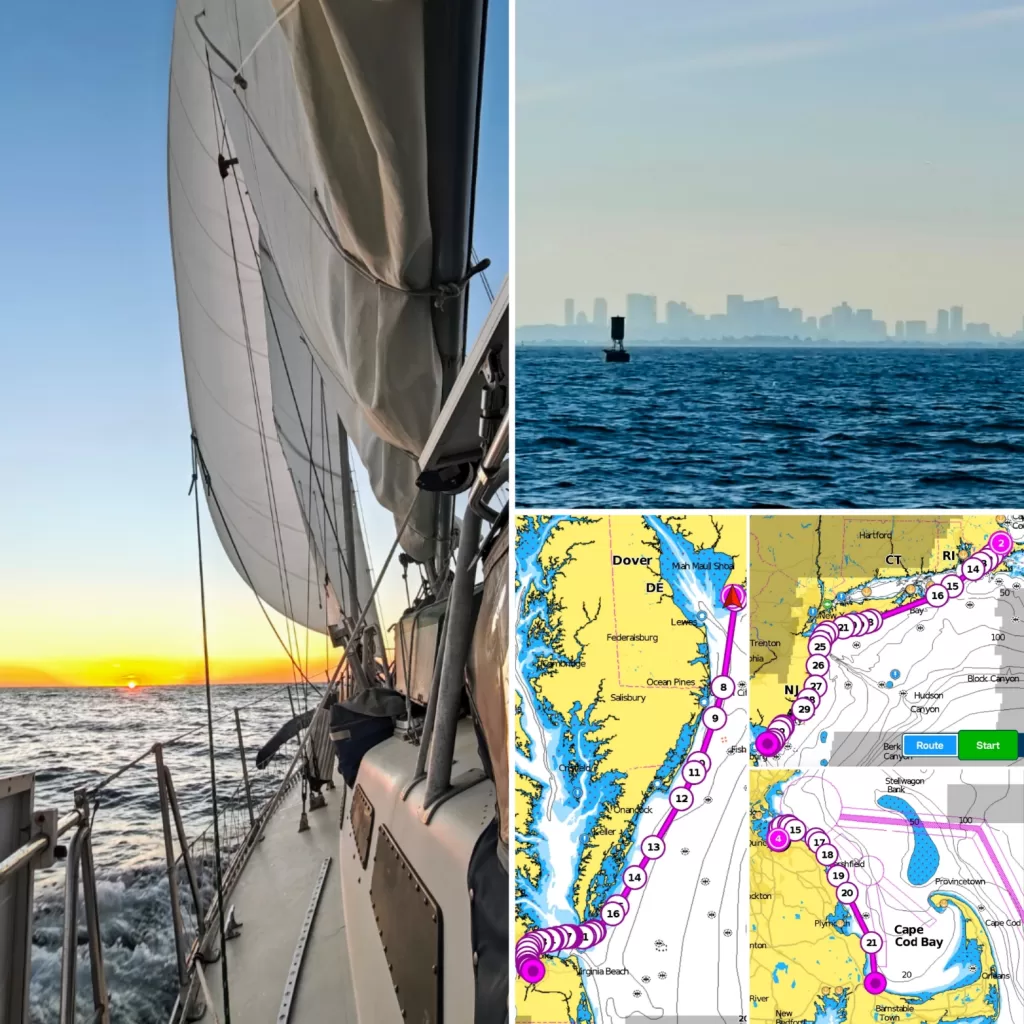
After a brief stop in Salem, MA to take in the Halloween festivities we made great time backtracking to the Cape Cod Canal with steady, strong following winds. Once through the canal, we waited just over a week for a weather window to make the long jump down the coast from Buzzards Bay. When the forecast settled a bit, we blasted off into solid NNW winds, staying close to shore all along Long Island, then racing down the Jersey Shore to Cape May, NJ.
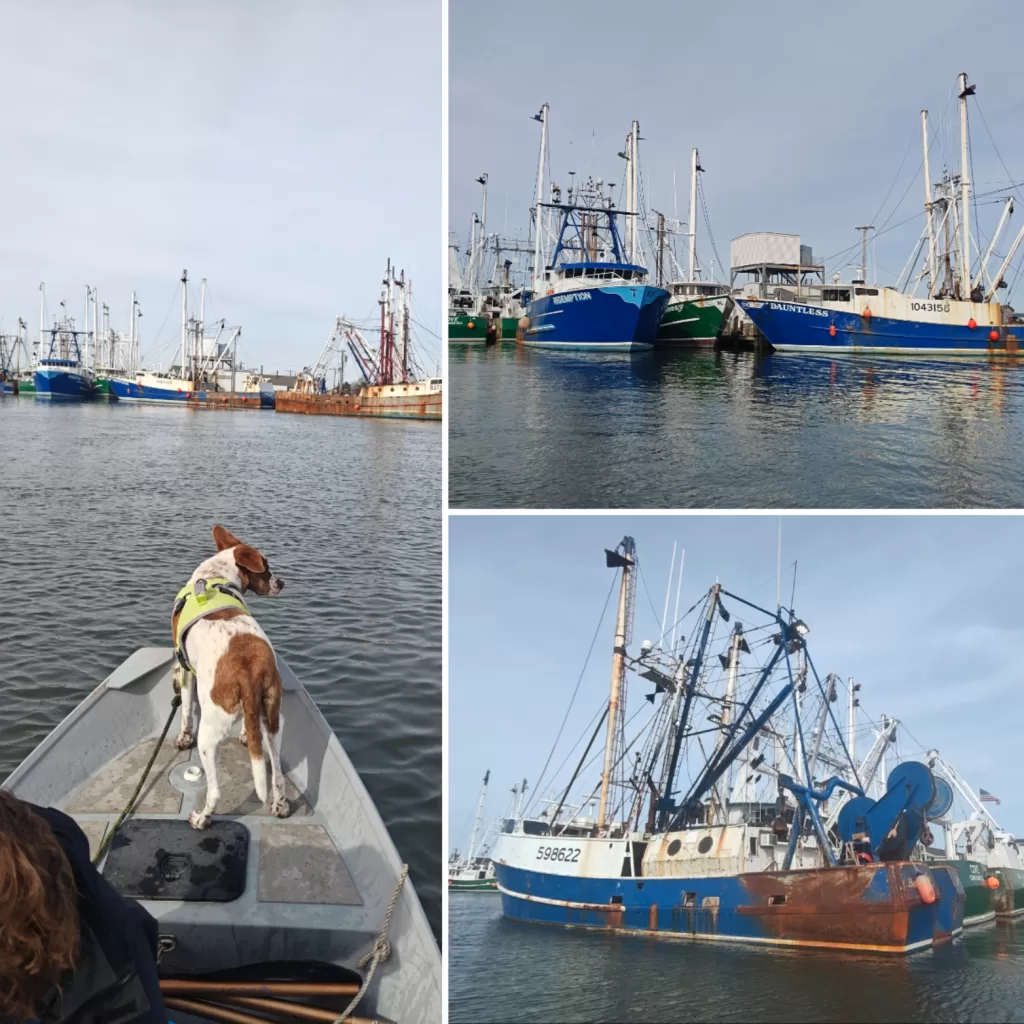
As we turned into the Cape May channel, the gusts were increasing to over 30 knots, with more in the forecast, but the anchorage was well protected and we all slept comfortably after 3 days underway. By morning, the forecast had changed in our favor and we quickly got some groceries, checked out the beautiful neighborhoods full of old houses, and continued on towards Norfolk, VA, rounding the corner into the Chesapeake just as the wind died in the late afternoon.

Arriving in Norfolk and Portsmouth, Virginia
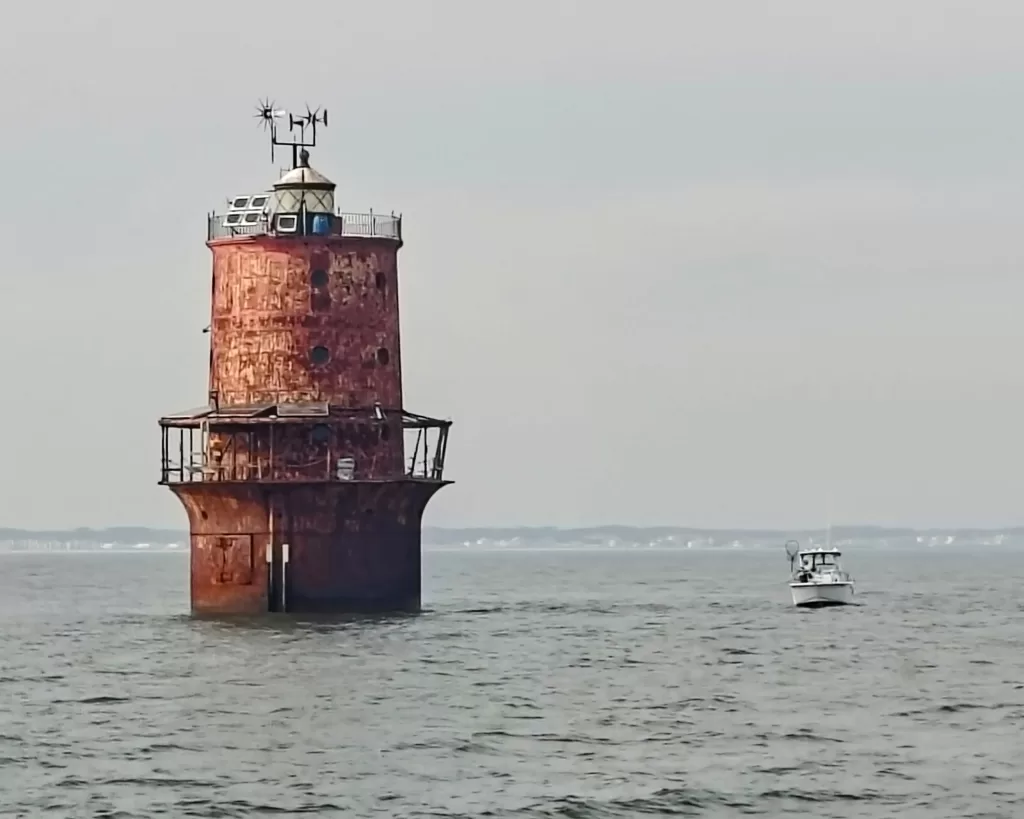
We spent the rest of the day motoring into the bay and up the Elizabeth River dodging Navy warships and hovercraft, commercial container ships and tankers, ferries, fishing boats, pleasure boats, sailboats; just about every kind of boat imaginable. Not since San Diego, CA had we encountered so much diverse traffic in such a tight space.
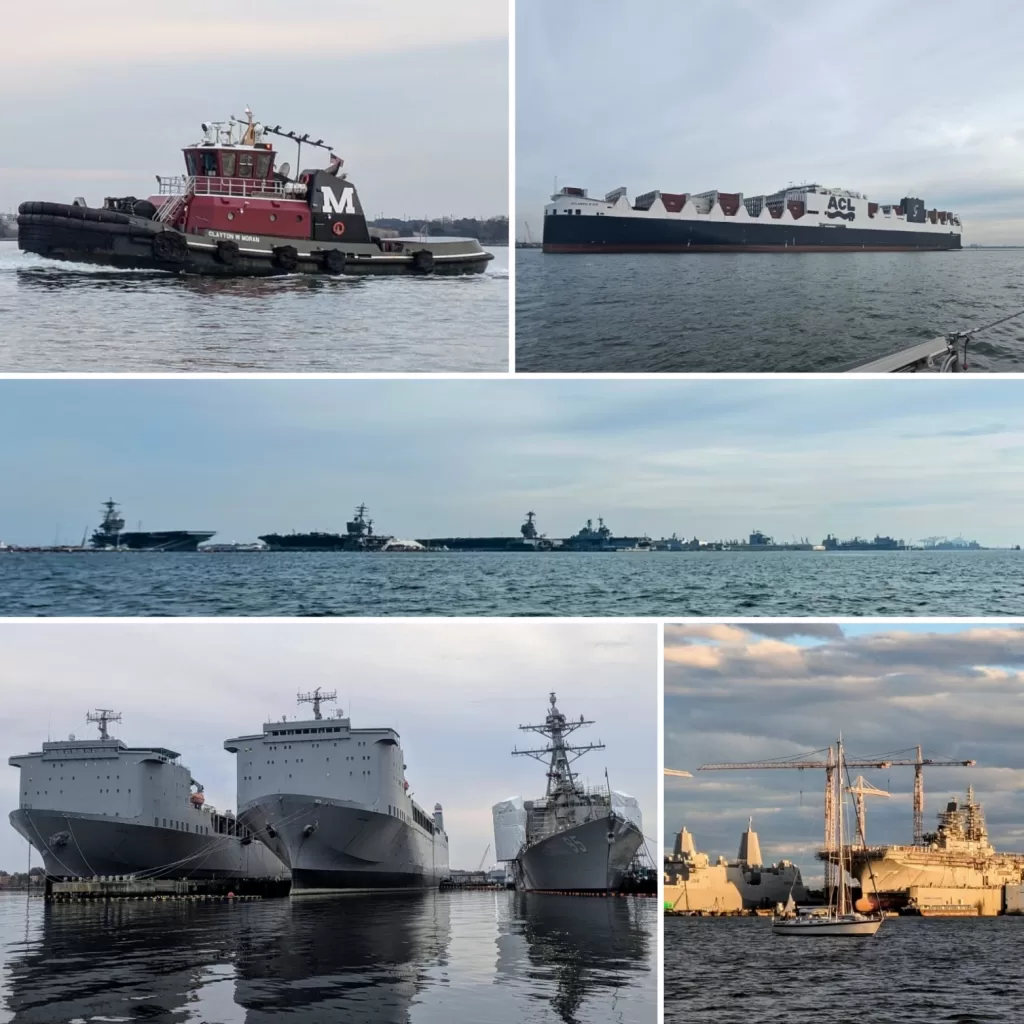
Entering the crowded anchorage at Hospital Point just after sunset, we throttled down turning towards the other anchored boats, when the engine suddenly died leaving us adrift in the current. After hastily dropping the anchor much too close to our neighbors for comfort, we spent the final 2 hours of our previously uneventful journey cursing and replacing our broken fuel pump. With the engine fixed, we moved an appropriate distance into the anchorage and finally relaxed after our long journey down the coast.
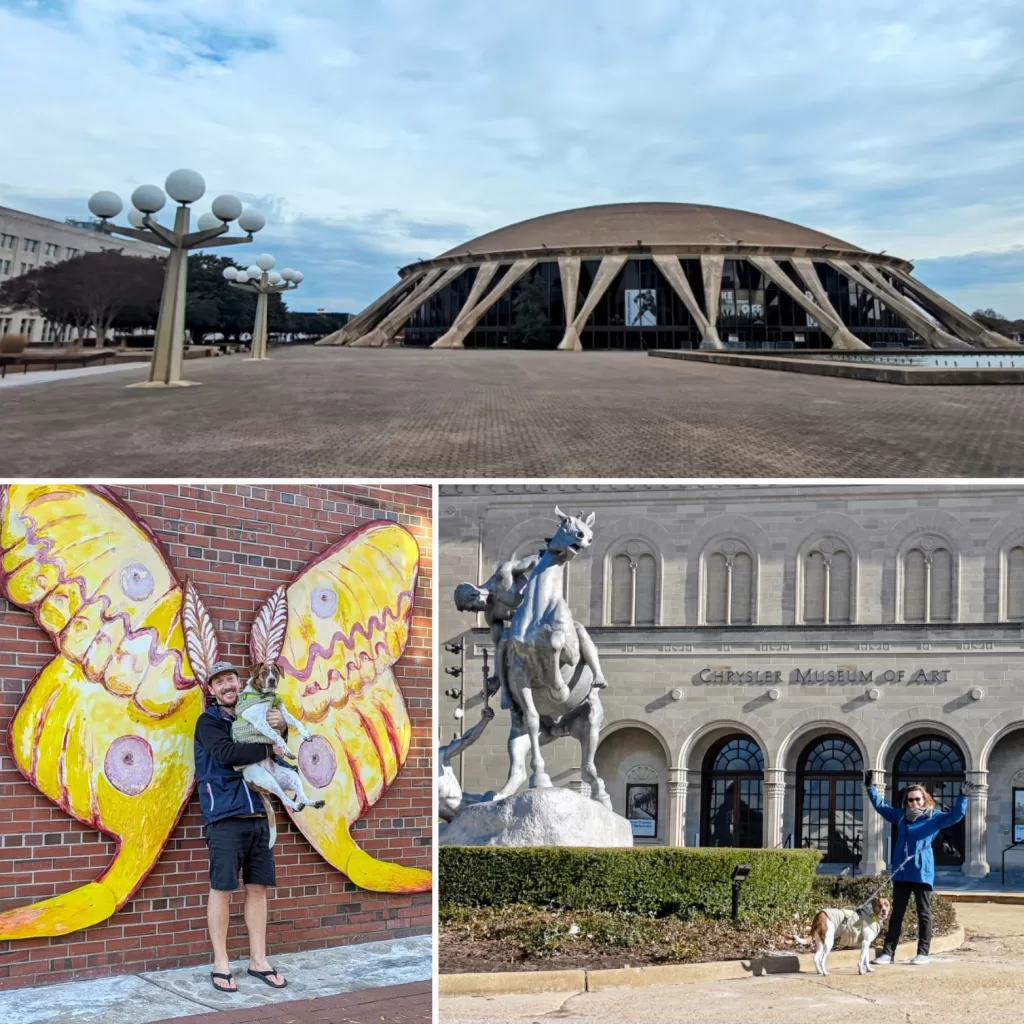
Situated on either side of the river, the cities of Portsmouth and Norfolk have nicely designed waterfronts catering to both working boats and pleasure-craft alike. Nestled between the extensive Naval shipyards, dry docks and freight terminals, the Hospital Point anchorage is large enough to accommodate a dozen or more small boats. As a main stop on the Inter-Coastal Waterway (ICW), several city-owned wharf’s allow transient vessels to tie up for 48 hours free of charge, making provisioning super easy. Both sides of the river are very walkable, and someone would always wave at us when we rode by in the dinghy taking Kiwi to shore. Speaking of pet-friendly, PETA’s office on the Norfolk side even had a dog park right on the waterfront, with dinghy access.
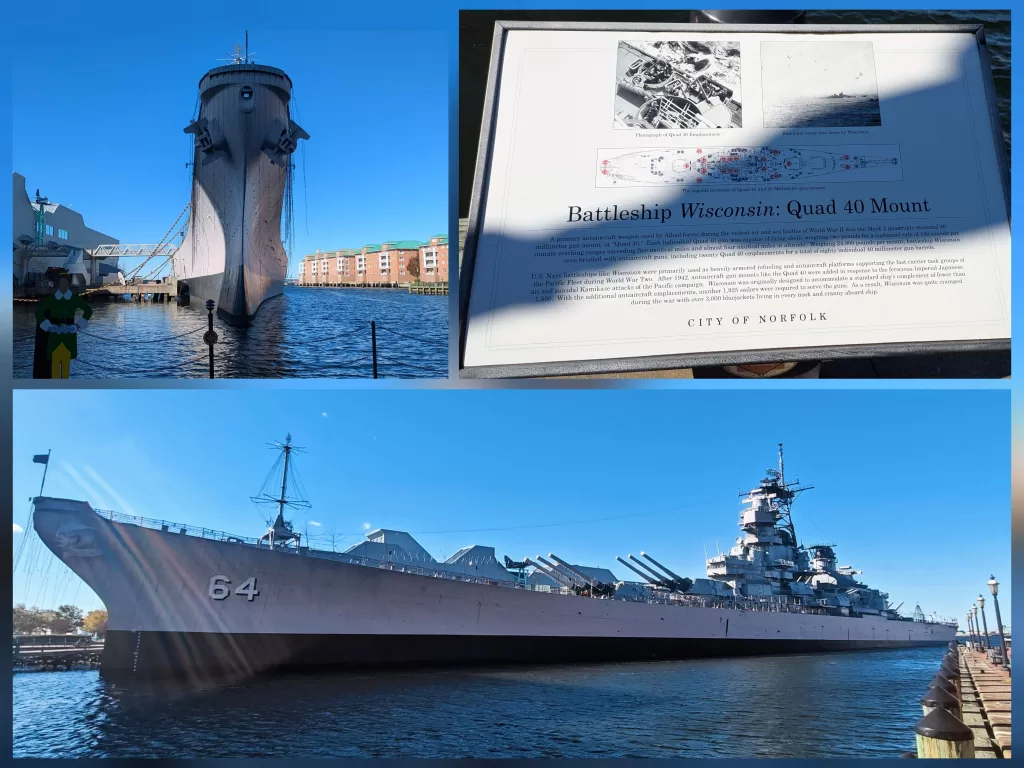
As Thanksgiving approached, signs of the looming winter began to blow in from the North. Several strong gales sent sailboats dragging throughout the anchorage. On one particularly blustery night, a sudden shift in wind and current sent two large catamarans crashing into one another, while an unoccupied small sailboat slowly traversed the entire width of the river as its undersized ground tackle bounced along the bottom. To make matters worse, an empty 100+ foot long barge came loose from its dock around 2AM narrowly missing the anchorage before coming to rest against an aircraft carrier in dry dock on the far side of the channel.
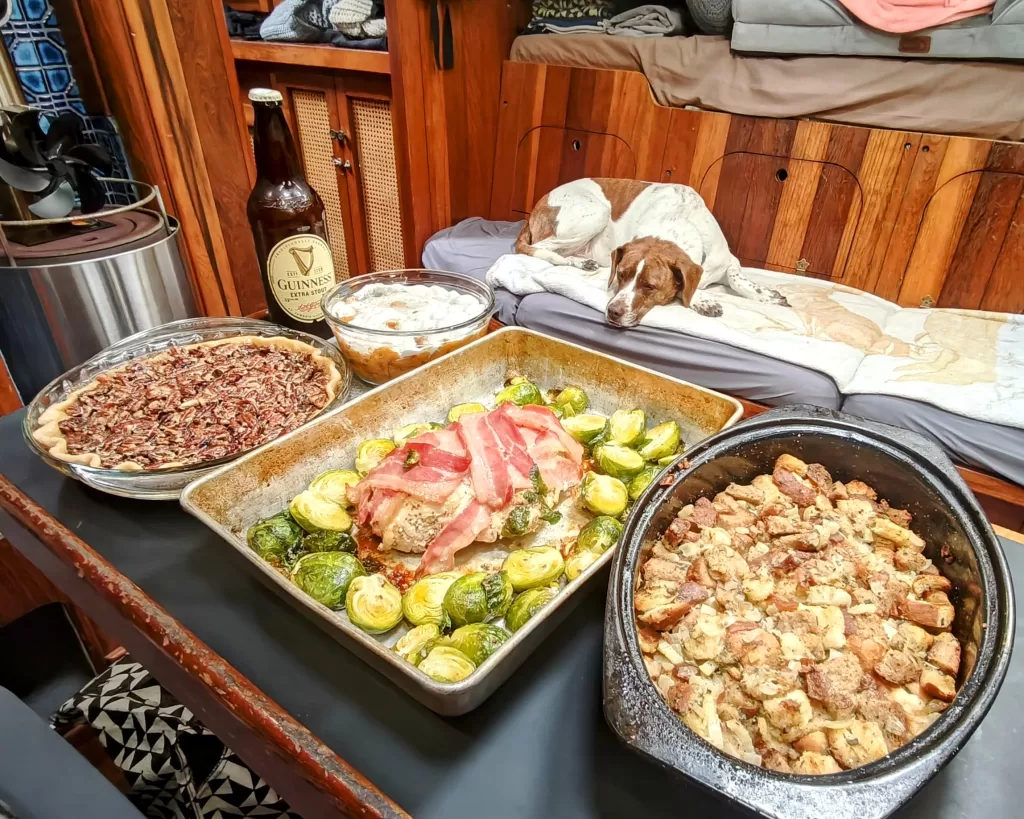
After enjoying a wonderful Thanksgiving meal across from the festive holiday lights aboard the historic Battleship Wisconsin we headed up into the bay to find better protection for the coming months.
